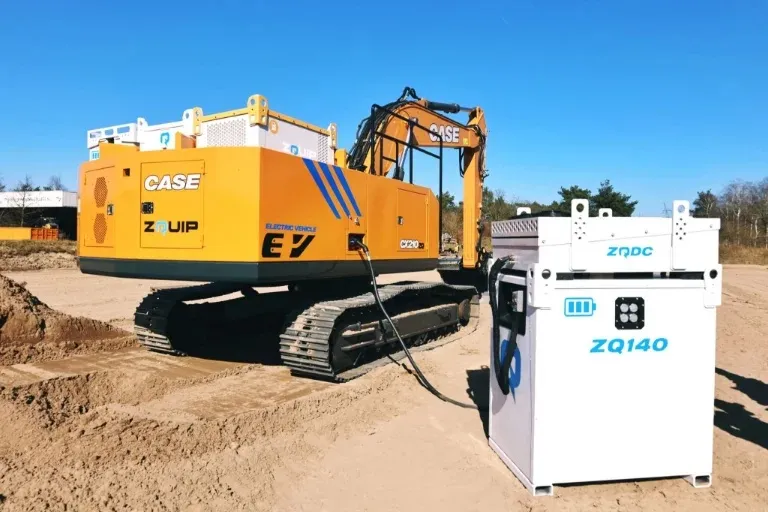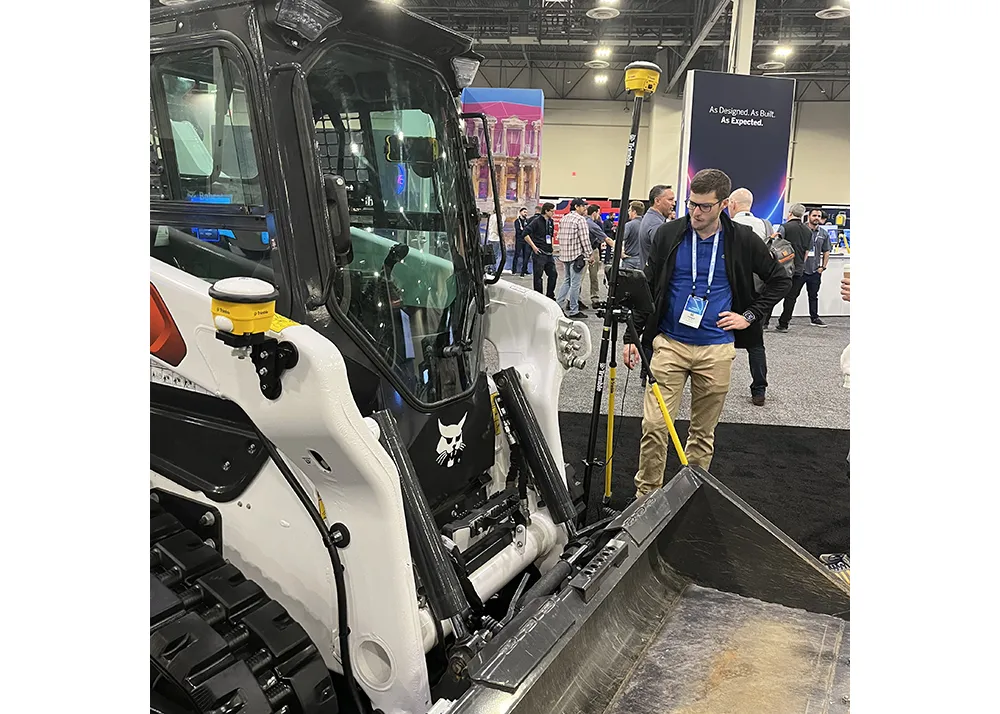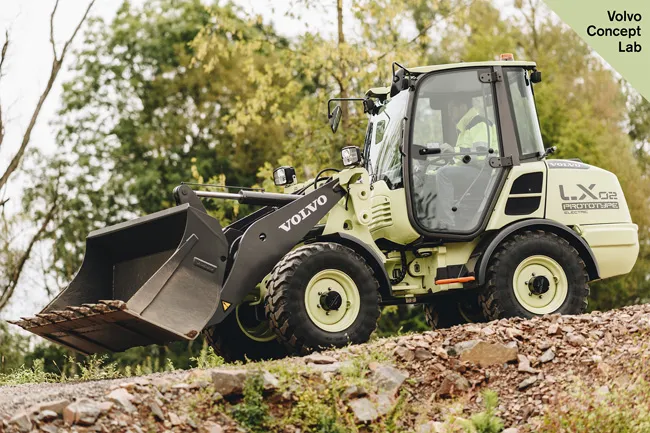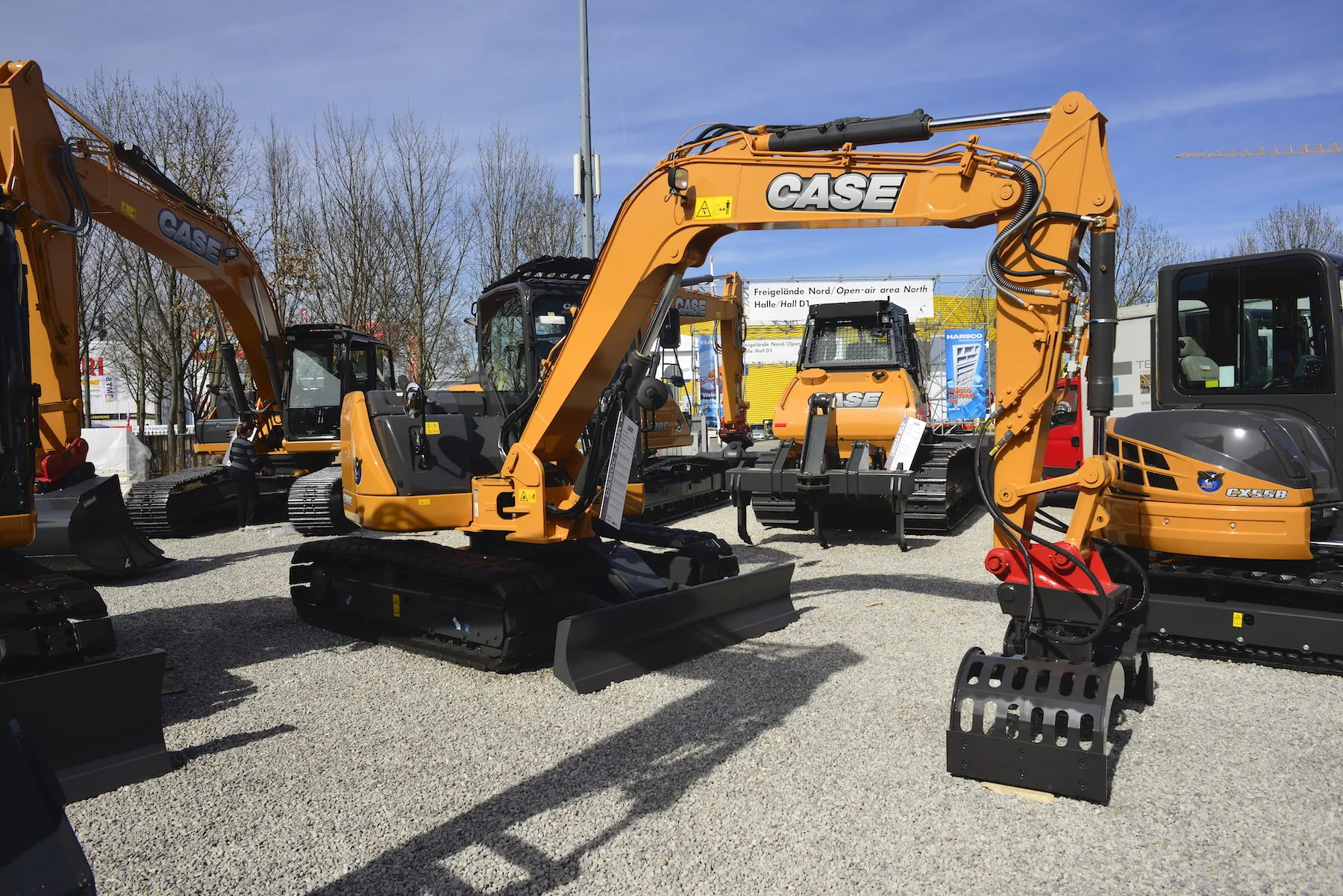
Whatever power a client wants in its heavy equipment – from electric and diesel to hydrogen fuel cell and hydrogen ICE – ZQUIP can make it happen.
A CASE in point is exactly that - a CASE CX210ZQ and a CASE WX155ZQ concept excavators. ZQUIP, part of Moog Construction, and CASE collaborated to demonstrate how traditional diesel-hydraulic machinery can become zero-emissions machines with swappable energy modules that eliminate concerns about battery range.
Moog engineers “Zquip” a machine by removing its diesel engine and installing a modular conversion kit containing one, two, three or more energy modules.
ZQUIP also has a newly developed hybrid module that operates as zero-emissions or hybrid, depending on the job and grid availability. The operator controls this option from the cab, significantly improving the use of a ZQUIP machine, explained Rob Bauer, engineering manager for ZQUIP.
“Our work with ZQUIP and Moog is about innovating the way job sites and construction vehicles operate for the betterment of everyone,” said Franco Invernizzi, vice president and global head of strategy at CNH CE, maker of CASE machinery. “The CX210ZQ and WX155ZQ models complement the electric offering we have available today, focused on the compact segment. The ZQUIP solution allows us to quickly expand our reach to those customers that have a need for larger, zero-emission heavy equipment.”
“We can convert virtually any make or model of diesel-hydraulic construction vehicle in the world,” said Holger Pietzsch, director of business development for ZQUIP. “Whether you’re an OEM, dealer, or construction company owner, these concept vehicles prove off-highway machines can run on swappable energy modules not unlike the way consumers power a variety of rechargeable hand tools.”








